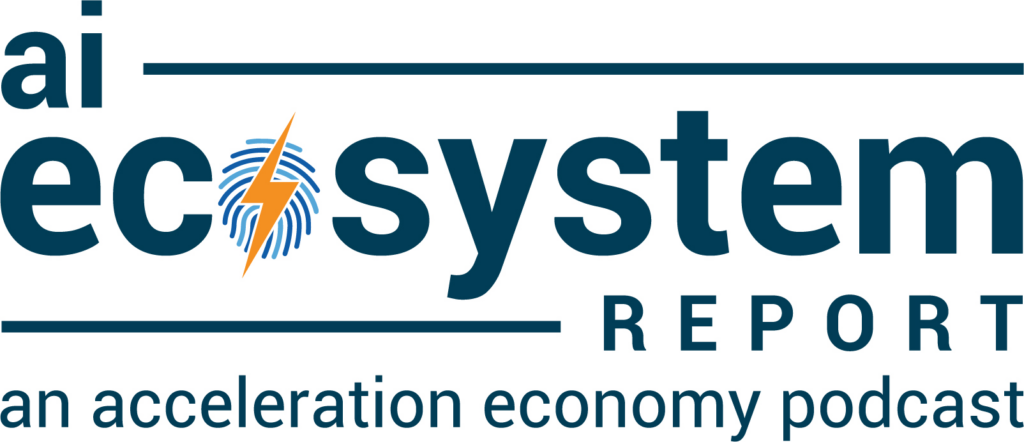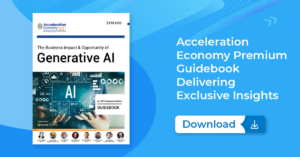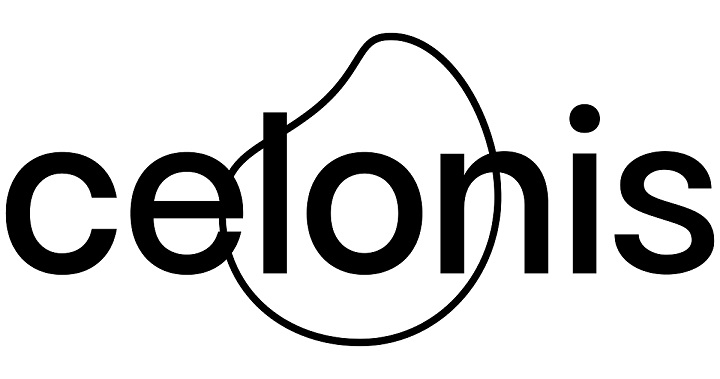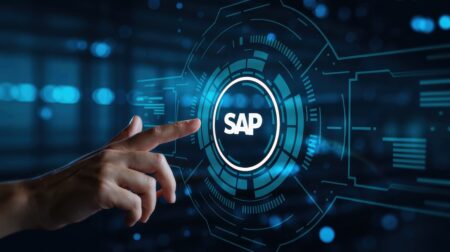Celonis is unique among software industry vendors when it comes to earning public endorsements from some of the world’s top companies. At its recent Celonis World Tour event in New York City, the company built on that track record.
With customer use cases featuring Pepsico, Johnson & Johnson, GE Healthcare, Morgan Stanley, and Bosch, the company demonstrated how its software drives measurable financial value in the upper echelons of enterprise tech buyers.
These and other customers positioned process mining as a critical resource in improving business operations in ways that save money (in some cases, well into the tens of millions of dollars), improve cash flow, and transform their business.
Celonis is on the Top 10 Shortlist of AI/Hyperautomation Enablers.
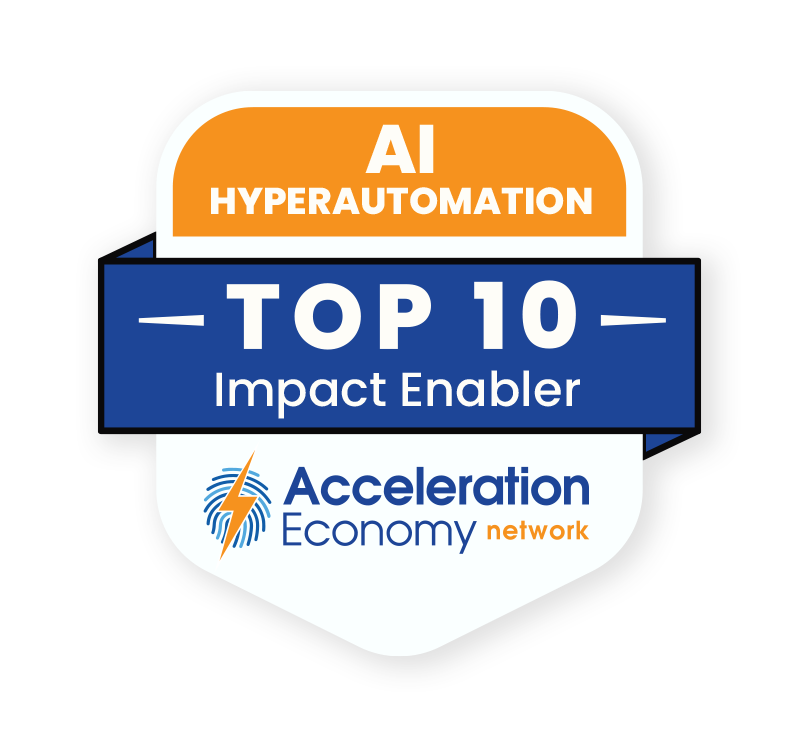
Which companies are the most important vendors in AI and hyperautomation? Check out the Acceleration Economy AI/Hyperautomation Top 10 Shortlist.
Pepsico Reduces Writeoffs
Pepsico is using the technology in what it calls the “waste management” function of its business. Specifically, the food and beverage giant was looking to pinpoint the reasons it was experiencing millions of dollars of write-offs across several of its distribution centers in Mexico, according to Kishan Pandya, senior director, digital solutions and process re-engineering at Pepsico.
Upon conducting analyses via process mining, Pepsico discovered two root causes why the write-offs were taking place: products passing their expiration dates and blockages in warehouses caused by factors such as quality checks that confined them to warehouses instead of moving them through the warehouses and out to customers.

Using the “Action Flow” functionality in Celonis process mining, Pepsico was able to set up triggers and alerts that notify warehouses of the risk of product expiring so employees can take corrective action. Pepsico is also using the software to alert demand planners that they have a sufficient amount of a given product in a given warehouse and shouldn’t order more, Pandya explained.
These measures have helped the company reduce “many millions” in writeoffs to date, he said. At the same time, Pepsico benefits from improved working capital by optimizing inventory, greater labor productivity because warehouse employees know what actions to take, and the scalability of the Celonis technology.
In fact, Pepsico has applied the technology in nine distribution centers and is targeting 13 more in Mexico, along with a potential rollout to Brazil and the UK. As a large SAP ERP customer, Pepsico is able to utilize the Celonis connector to SAP, and “we’re off the races,” he said, adding “Celonis is really good at scaling…scaling is a big part of the value.”
Johnson & Johnson’s Process Mining Foundation
Marvin Johnson, vice president of service excellence for Johnson & Johnson, explained that his organization is charged with delivering process intelligence across a variety of functions including human resources, procurement, finance, and more for the New Brunswick, N.J.-based healthcare giant, which started in 1886.
In delivering such intelligence, he noted that his organization doesn’t “own” any of the core systems that drive these functions; instead his team delivers services on top of those systems on a cross-functional basis.
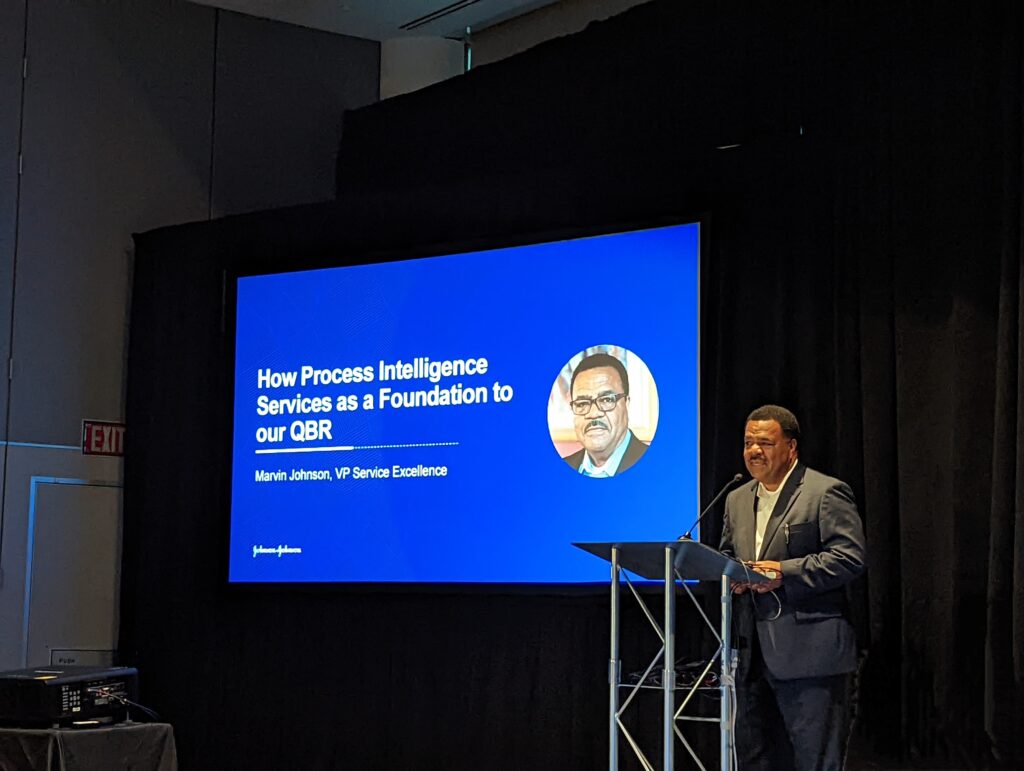
Johnson called process mining a “foundation” of Quarterly Business Reviews (or QBRs), those detailed (or dreaded) reports that get generated and passed up the food chain on to give the C-suite visibility into the state of individual business units.
Process mining has armed Johnson & Johnson executives with results that undoubtedly enliven a QBR. To use one example, a global financial reporting process enhanced with process intelligence and Celonis functionality has cut reporting time from three to six hours in the past to 17 minutes today, Johnson said. “17 minutes, and now they want more” reports on that type of timetable, he said. The previous report was a tabular Excel file, while now the report is an interactive dashboard. Reporting cadence has gone from daily in the old model to hourly today.
Celonis co-CEO Alex Rinke said the use of process mining when developing QBRs reflects a natural progression in which customers start with gaining transparency and a quick win, then gaining value in individual business functions, followed by deep integration as Johnson & Johnson has achieved.
“This is what Marvin talked about, where [process mining] really becomes part of the fabric, how you run fully operational: you can’t live without it; it becomes part of how you do things,” Rinke said. Johnson made clear that process mining is now part of how Johnson & Johnson does things.
GE Healthcare, Bosch, Morgan Stanley Wins
Pepsico and Johnson & Johnson were among the most high-profile customers delivering in-depth views into their work and results. Other notable use cases and results that were shared at the event included:
- GE Healthcare detailed how its use of Celonis in its order-to-cash process and has helped take 18 days out of the fulfillment cycle for a key healthcare product line
- Bosch has realized over $100 million in value by plugging Celonis into over 50 processes
- Morgan Stanley reported a 10% improvement in cycle time, 9% fewer client outreaches, and 20% reduction in rework in a core process referred to as “customer refresh”
Maya Rock contributed to this report.



